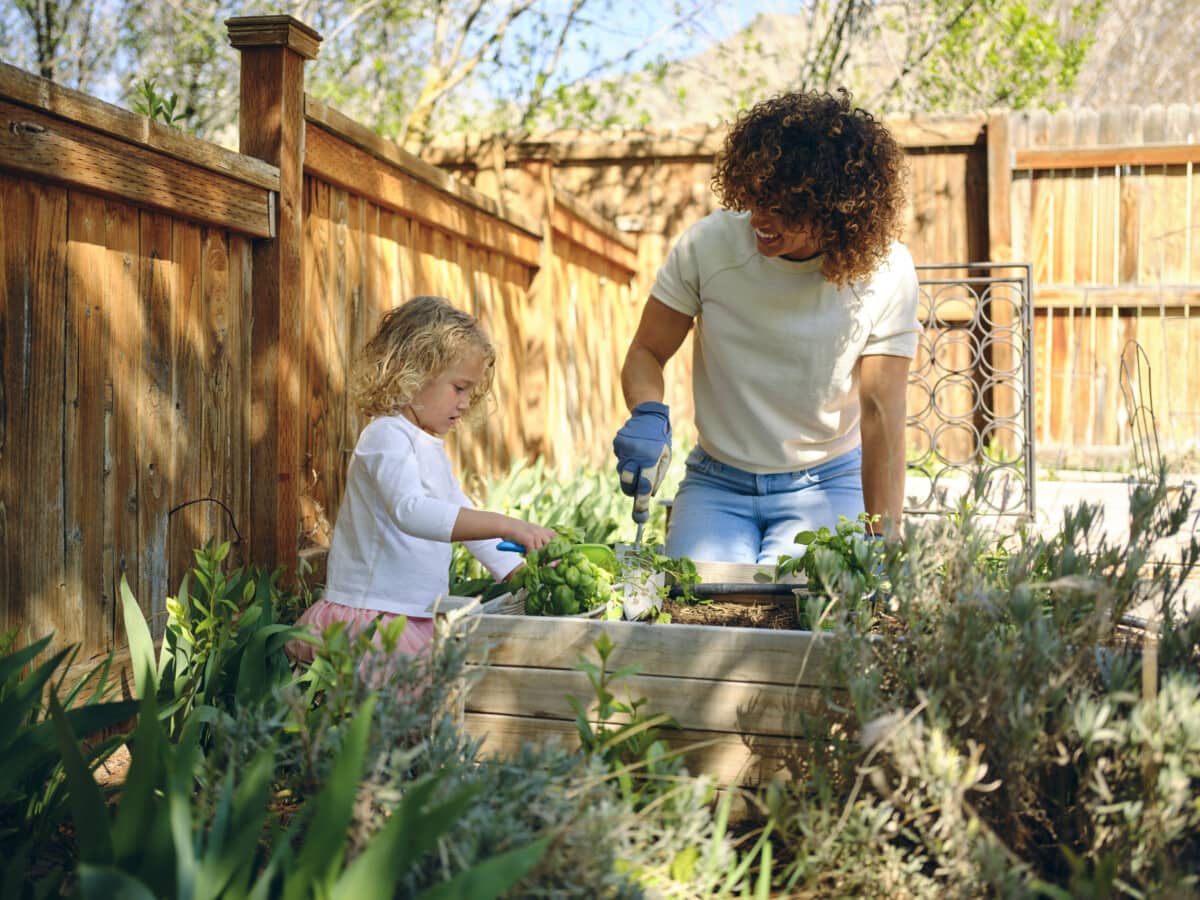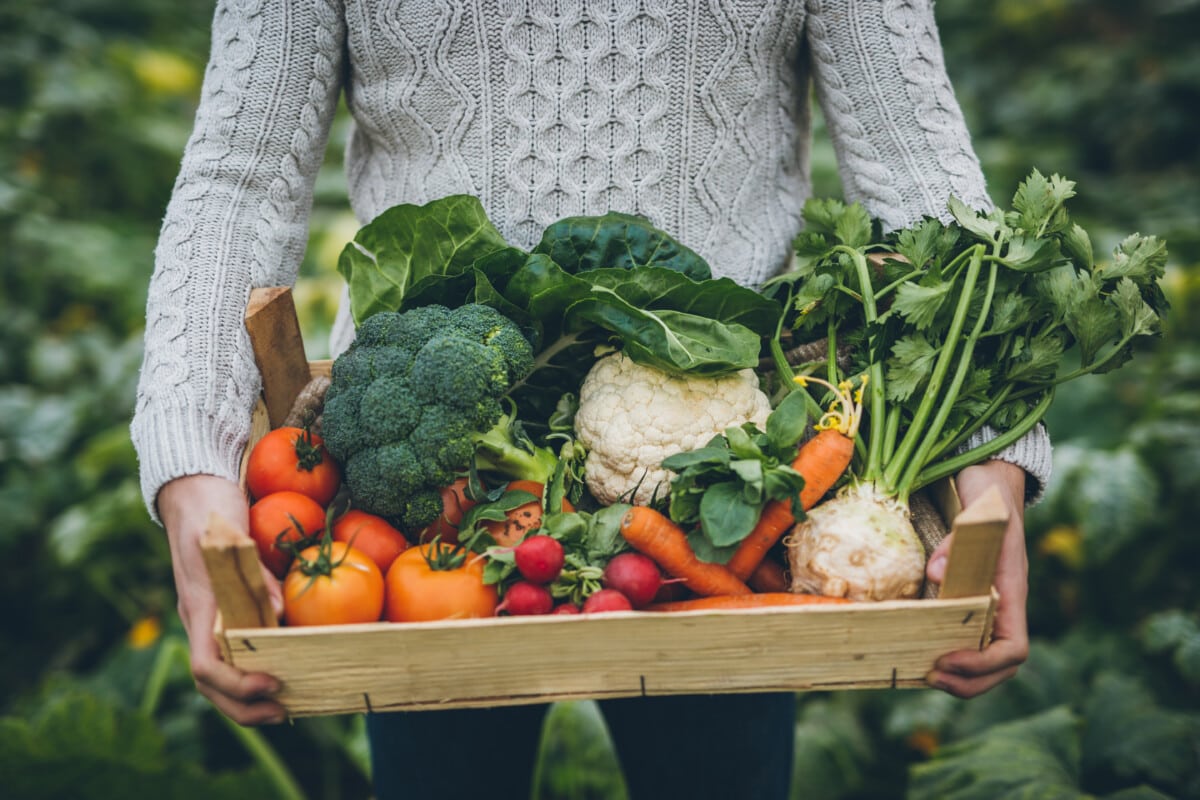Starting a vegetable garden can be a fun and rewarding experience for anyone, regardless of whether you have a green thumb or not. Not only can it provide you with fresh and healthy produce, but it can also save you money on grocery bills and reduce your carbon footprint. However, the process of starting a vegetable garden can seem daunting, especially if you are a beginner. In this Redfin article, we will guide you through the step-by-step process of starting a vegetable garden for your home and give you some tips from experts on how to make it a success. Whether you live in an Irvine, CA home or an apartment with a patio in Myrtle Beach, SC, read on for everything you need to know about how to start a vegetable garden.

Step 1: Determine the right location
The first step in starting a vegetable garden is to determine the right location. This is crucial because the success of your garden will depend largely on the amount of sunlight it receives. Most vegetables require at least six hours of direct sunlight per day, so choose a spot that gets plenty of sun. In addition, make sure the location is easily accessible and has good drainage.
“The most important consideration for a new vegetable garden is place — particularly, sun and soil. While some leafy green vegetables can grow well in areas with less than eight hours of direct sun per day, most of our fruiting veggies like tomatoes and cucumbers need 8+ hours per day for maximum productivity,” states Jill McSheehy of The Beginner’s Garden. “High quality soil is also essential. If your ground is too rocky or doesn’t drain well, consider raised beds or containers so you can control the quality of the soil in which your veggies will make their home.”
Step 2: Choose the right vegetables
The next step is to choose the right vegetables for your garden. This will depend on several factors, including your climate, soil type, and the amount of space you have available. It’s important to choose vegetables that are well-suited to your area and that you enjoy eating. The climate in your area plays a major role in determining which vegetables will thrive in your garden. “Start small,” states garden author Julie Bawden Davis “new vegetable gardeners tend to become overzealous and try to plant a lot and then get overwhelmed or disappointed if plants don’t do well. Choose 3 to 4 vegetables that you and your family really enjoy and then focus on doing your absolute best with those veggies.”
According to Jennifer Dyer of Beneath the Maple it is best to “only plant vegetables you truly enjoy eating. Oftentimes, new gardeners underestimate how much a vegetable garden produces. Plants take off with the heat of the summer. Unless planning on canning or preserving, you’ll want to grow only what your family can eat in a season. You’ll also want to ensure your veggie harvest is all of your family’s favorites.”
Cool-Season Vegetables
Cool-season vegetables prefer cooler temperatures and can tolerate some frost. These vegetables can be planted in early spring or late summer for a fall harvest. Examples of cool-season vegetables include:
- Lettuce: Lettuce is a popular cool-season vegetable that is easy to grow and comes in many different varieties. It grows best in temperatures between 45°F and 75°F.
- Broccoli: Broccoli is a nutritious cool-season vegetable that is packed with vitamins and minerals. It grows best in temperatures between 60°F and 65°F.
- Cauliflower: Cauliflower is another cool-season vegetable that is a good source of vitamin C and fiber. It grows best in temperatures between 50°F and 80°F.
- Peas: Peas are a popular cool-season vegetable that are easy to grow and come in many different varieties. They prefer temperatures between 55°F and 75°F.
Warm-Season Vegetables
Warm-season vegetables, as the name implies, prefer warmer temperatures and cannot tolerate frost. These vegetables should be planted in late spring or early summer for a summer harvest. Examples of warm-season vegetables include:
- Tomatoes: Tomatoes are a popular warm-season vegetable that come in many different varieties. They prefer temperatures between 70°F and 85°F.
- Peppers: Peppers are another popular warm-season vegetable that come in many different varieties. They prefer temperatures between 70°F and 85°F.
- Cucumbers: Cucumbers are a refreshing warm-season vegetable that are easy to grow and come in many different varieties. They prefer temperatures between 70°F and 85°F.
- Squash: Squash is a versatile warm-season vegetable that comes in many different varieties. It prefers temperatures between 70°F and 95°F.
It’s also important to consider the soil type and amount of space you have available when choosing vegetables for your garden. Some vegetables, like tomatoes and peppers, require a lot of space and support, while others, like lettuce and radishes, can be grown in smaller spaces.
“Growing your own food is rewarding, healthy, convenient and sustainable,” says Val Taylor of Edmonds Floretum Garden Club. “Some advice for beginners: start by growing what you love to eat that is easy to grow in your area and start small. Keep it simple, store bought starts are great for first time gardeners. Next, follow all instructions, they are tried and true regarding sunlight, location and watering. You’ll want to be flexible. Nature has its perfection and we are learning from every interaction. Finally, don’t forget to harvest!”

Step 3: Prepare your soil
Once you have chosen your location for your vegetable garden and the vegetables you want to plant, it’s time to prepare the soil. This is an important step because healthy soil is essential for healthy plants. Start by removing any weeds, rocks, or debris from the area. Then, loosen the soil with a tiller or garden fork and add organic matter, such as compost or aged manure. This will help to improve the soil’s fertility and structure.
“Start composting,” says Scott Peeples of Citizen Farmers. “Skip the trash can and save your veggie and fruit scraps and start a compost pile. Not only will you be reducing your waste, you’ll be giving your plants great nutrition.”
Step 4: Plant your vegetables
Now it’s time to plant your vegetables. Follow the instructions on the seed packet or plant tag to determine the proper spacing and depth for each plant. It’s important to give each plant enough room to grow and spread out. Be sure to water your plants thoroughly after planting and then continue to keep the soil moist until the seeds germinate.
“Your best tool, the best fertilizer for your vegetable garden is the Gardener’s Shadow,” states Lisa Taylor of Garden with Lisa. “Visiting your garden frequently is the key to successfully growing vegetables, herbs and flowers. You don’t have to do anything during these visits other than admire the plants and check in on them. When plants need some weeding, watering or harvesting you’ll be able to do small jobs along the way. Rather than a nagging responsibility, see these garden visits as a time to slow down, relax and de-stress.”
“One of my missions is to bust the misconception that vegetable gardens aren’t attractive.” says Megan Cain of The Creative Vegetable Gardener. “I strongly believe that you can have a vegetable garden that produces a lot of food and is beautiful to look at. Plant lots and lots of flowers among your vegetables. Annuals are my flowers of choice, although I also plant spring bulbs in my vegetable beds for some early season color. Tucking flowers throughout your garden will add colorful pops of beauty to draw the eye into and around the space, attracting tons of beneficial insects like bees, butterflies, and hummingbirds.”
Step 5: Provide care and maintenance
Once your garden is planted, it’s important to provide it with proper care and maintenance. This includes regular watering, weeding, and fertilizing. In addition, you may need to protect your plants from pests and diseases. Be sure to monitor your garden regularly and take action if you notice any problems.
According to Jules Bolte of Veggies Grow, “vegetable gardens are easily affected by pests and diseases, nutrient deficiencies, changes in the weather, and a lot more that are not under our control. The best way to deal with these issues is to visit your vegetable garden at least once a day and have a good look at your vegetable plants. Be sure to especially look under leaves and in the darker damper places of your plant for signs of anything unusual. This will help you identify any issues early on making it easier to treat and get rid of the problem.
Step 6: Harvest your vegetables
Finally, it’s time to enjoy the fruits of your labor. Most vegetables will be ready for harvest within a few weeks to a few months after planting, depending on the vegetable variety. Be sure to harvest your vegetables at the proper time and store them properly to ensure maximum freshness and flavor.
Tips for a Successful Vegetable Garden
- Start small: “You don’t have to start with an orchard, a dragon fruit garden, a pond, and tons of raised beds, you can simply start with one Birdies raised bed, or even a few grow bags,” states Kevin Espiritu of Epic Gardening. “Plan your garden around which plants you want to grow, because ultimately you’ll pay the most attention to a plant you’re interested in.”
- Choose the right tools: Invest in good quality gardening tools, such as a shovel, rake, and hoe, to make your gardening tasks easier and more efficient.
- Water properly: “Water deeply and consistently,” says Mila Kirsch of Sow Small Garden. “Rather than shallow watering, aim for a thorough soaking to encourage deep root growth. Water your plants in the morning to minimize evaporation and prevent fungal diseases.”
- Fertilize regularly: Fertilize your vegetables with organic matter, such as compost or aged manure, at the beginning and halfway through the season to replenish the soil’s nutrients.
- Protect from pests: Pests can be a major problem in vegetable gardens, so it’s important to take steps to protect your plants. “Its best to avoid using pesticides and herbicides as much as possible,” says Rebecca Vargas of Realistic Gardening. “Insects are a part of gardening and there will always be something nibbling or completing its lifecycle on your plants. The best remedy is to attract beneficial species like ladybugs, praying mantises, birds and other creatures that will hang around your plants and eat the annoying bugs. Attract these beneficial species by keeping a chemical-free garden with lots of flowers (native plants in particular) and herbs nearby.”
If you are looking to start your own small space, or urban garden, Dan Mowinski from Urban Turnip has a few tips to help you get started. “First, opt for perennials so you don’t have to replant or repot every year. Herbs and small fruit bushes are excellent choices. Second, don’t be put off if you have a shady garden. There are plenty of plants that thrive in partial shade. And thirdly, do some research into companion planting. It’s a chemical-free way to keep pests at bay.”
Starting a vegetable garden can be a fulfilling way to enjoy fresh produce that you planted, cultivated, and harvested yourself. By following the steps outlined above you can create a thriving garden that will provide you with healthy and delicious food throughout the growing season. And with summer just around the corner, now is the perfect time to get started. So roll up your sleeves, grab your tools, and start turning your veggie dreams into a reality.




















 United States
United States Canada
Canada